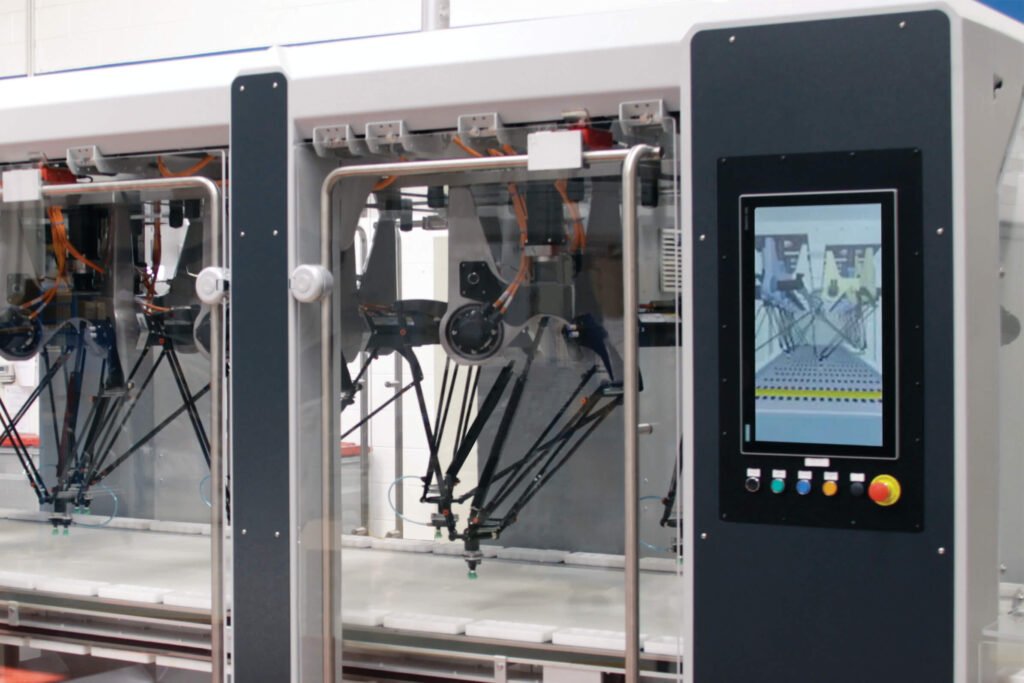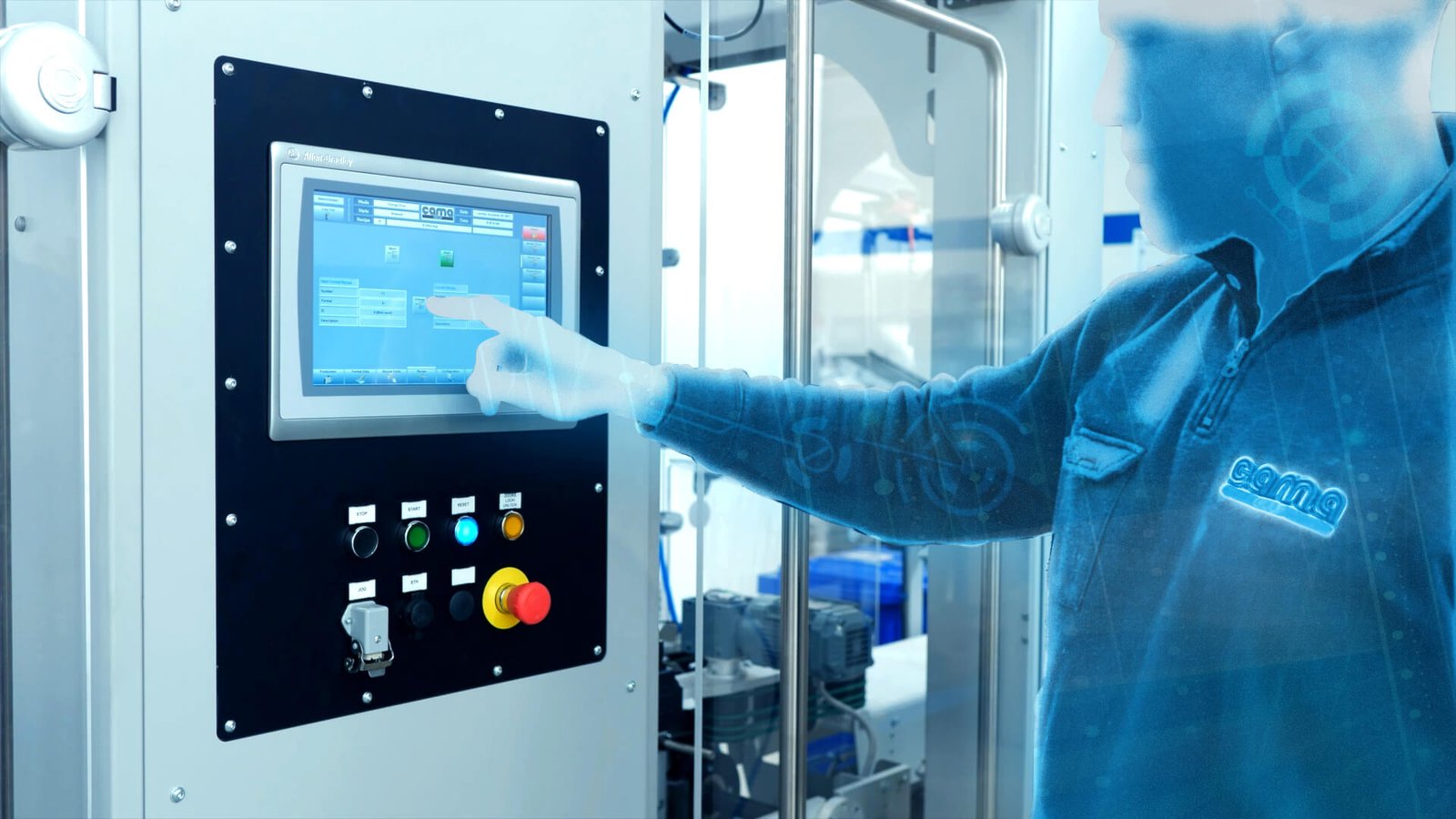Digitalization at device, machine, plant and enterprise level is completely rewriting the rule books in terms of how companies can function and operate in the era of Industry 4.0.
Today, the most powerful resource in any engineer’s toolbox is operational data. How companies then exploit this data may subsequently define their standing within an industry as well as drawing the line upon which success and failure are based.
Data-based smart operations are defining a new paradigm in just about every industry. But to many, Industry 4.0, the Industrial Internet of Things (IIoT) and digital transformation are just buzz words. To really understand their potential, you have to appreciate the impact that data and connectivity have, and witness some of the incredible results of their effective deployment – in both real-life and virtual applications.

In today’s modern landscape, smart factories rely on four core capabilities:
• Digitization of processes and methods
• Smart components
• Enhanced communications (Industrial Internet of things)
• Real time interactions between Cyber-physical systems and humans
In combination, these will ultimately boost return on investment, through top line growth, a reduction in bottom line impact and overall risk mitigation. This is achieved by giving all stakeholders access to the information they need, when they need it in a form suited to their role, in order to help make their roles and outputs more useful and more accurate for those next in line – from the initial marketing of a product all the way through to its ongoing remote maintenance. The core message is about creating value!
For a class leading machine builder, such as Cama, aspects of Industry 4.0 provide an immense array of opportunities to not only create internal value, but also external value, which has a direct impact on its customers’ operations and bottom lines.
From a purely business perspective, Cama’s customers are looking for:
• Higher throughput
• Faster time to market
• Shorter and less frequent downtime, and
• Quicker changeovers between batches/products
But to achieve all of these, machine builders have to balance the capabilities of real-time digital systems with the physical demands placed on the mechanics within machines.
Only with an intimate knowledge of application engineering and a real understanding of its own technology, can a machine builder hope to build the perfect synergy between the two. This is where Cama excels.
Filippo Aspesi, SW and Automation Manager at Cama, explains: “We have to sell the concept that Industry 4.0 capabilities offer a way to create value at different phases of a project and in different ways, but it is not a thing that you can sell alone. At Cama, it is a holistic approach that adds value to machines and projects for both us and our customers, and it has to encapsulate the whole project, not just small elements. It’s all in the way we make them work together for mutual benefit.”
Cama splits its Industry 4.0 capabilities into four primary pillars:
• Digital Twin & simulation, virtual commissioning
• Digital Twin & augmented reality
• Smart devices, connected machines and system integration
• Edge computing, data analysis and connectivity
“These four pillars certainly give us the value that we at Cama require from digitalization,” adds Massimo Monguzzi R&D Manager at Cama, “but since these apply 99% to customer projects too, the added value is also there for the customer to exploit.”
Looking at the pillars individually, the goals for Digital Twin & simulation, virtual commissioning include:
• Advanced tools for marketing and sales
• Estimate and demonstrate performance of complex systems
• Minimize projects risks through preliminary feasibility studies, and
• Reduced development time for SW programming and commissioning
These are achieved using a number of approaches. Digital Twin technology allows engineers to see machines in action before any fabrication has commenced. They can predict issues, improve flows and iron out any bottlenecks before final design is signed off. The digital twin and process simulations can also be shared with marketing and, of course, with the customer and then exploited for virtual commissioning and FAT procedures.


Expanding on this, the augmented reality capabilities of digital twins (the second pillar), give operators the ability to overlay machine schematics and animations, along with instructions and information essential for training, improving operations, undertaking tooling changeovers and performing guided maintenance activities, with the core goal of reducing downtime to an absolute minimum.
The next pillar, smart devices, connected machines and system integration, provide the real operational value for the customer. The goals of this include:
• High-level line performance monitoring
• Production data collection
• Recipe and orders management
• Product traceability
By offering full connectivity from field level, through control, supervision and management levels, all the way up to the enterprise, seamless data flow allows companies to make instantaneous line-side decision and modifications, based on real-time operational data. Connectivity at device level is essential for this to happen. These components are closest to the action and although small, can often have – and make – the biggest impact.
Smart devices can help to:
• Reduce machine stops for undetected anomalies
• Reduce downtime for batch changeovers using RFID and tracking technology
• Reduce human factor and serious consequences
• Quickly identify machine failures or environment changes
• Avoid setup or adjustment errors, and
• Simplify change of damaged or defective devices
The associated fieldbuses upon which they run are also vital, which is why popular standards such as I/O link, EtherNet/IP and PROFINET are used.
Smart devices also deliver the capability to embrace the capabilities of edge computing – the fourth and final pillar. “We are working on edge computing to create an additional layer between the machine (control) layer and the factory (supervisory layer),” explains Monguzzi and Aspesi.
“This allows customers to aggregate output from the field level and turn it into data that delivers more significant information to the higher levels. This segregation of information can be exploited for both security and intellectual property purposes as well as being used to collect historical information for analytics and trend reporting, where the data can be collected in historian packages for shift and day based analyses, to spot trends and anomalies.”
In all cases – and supporting all four pillars – data is the core component! Without operational data and seamless data paths, industry 4.0 and the IIoT would simply not exist. By completely digitalizing all of its machines, operations, and processes, Cama not only makes its own procedures far more streamlined, efficient and cost effective, but the same technology allows it to pass these benefits and additional digital capabilities on to its customers. It really is the prodigal win/win situation.

